- Learning time
- 40 minutes
- First play time
- 100 minutes
San Marco
Designed by: Aaron Weissblum,Alan R Moon
San Marco sees each player trying to get control of Venice by placing their wooden pieces (aristocrats) in the various regions of the city and outnumbering opponents.
What makes San Marco unique is the way the game works – there are a number of cards that, ideally, everybody wants for themselves. At the start of each round someone is in charge of divvying up the cards into as many lots as there are players. However, the active player (doing the divvying) must let the other players pick lots first, taking whichever lot is left over after the choosing.
So choosing which cards to take (or how to split them when it’s your turn to do so) is really key to both balancing out the game and winning it. Having taken the cards, the players then use the actions to get their aristocrats onto the board, or move the the ones already there to a different region, or do a few other things like adding bridges, or moving the doge, who has an effect on scoring.
San Marco might seem a little abstract, but once you understand the way it works the game proves to be a little gem.
The guru's verdict
-
Take That!
Take That!
Though there is no combat as such, players do interact by outscoring each other in the regions of Venice, so there is jostling for position on the board.
-
Fidget Factor!
Fidget Factor!
There is some waiting to be done while whoever's turn it is to do so decides how to divvy up the cards.
-
Brain Burn!
Brain Burn!
There's rarely an 'optimal' move in San Marco, but there will be thinking time needed for all players – it's a cerebral game.
-
Again Again!
Again Again!
No two games of San Marco will ever be the same due to the order the cards come up and how the active player chooses to share them out.


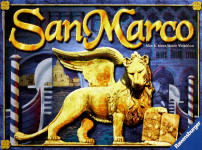
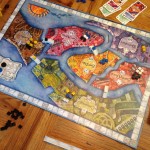


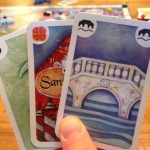
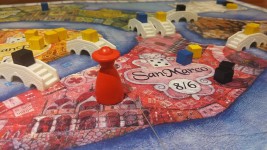


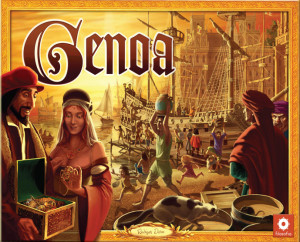
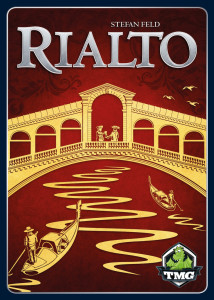


Sam says
The drawback to San Marco is the potentially heavy downtime at the start of each round, when somebody has to divvy up the cards. And it's not really fair to hassle them, as how the cards break into sets is the crux of the game. If you have the patience for that (and ideally 4 players rather than 3) then I think it's a really strong game.